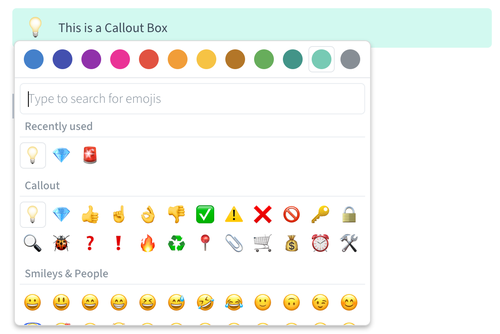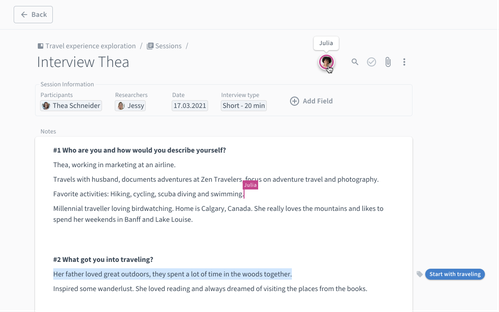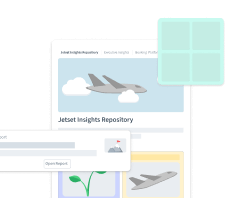Entering and formatting text
A central piece of Condens is its text editor. This is where a large portion of your work will happen, be it during preparation for your next project, creating notes of your research activities, or crafting engaging reports and presentations for your stakeholders.
Fortunately, Condens' text editor is designed to make this part as fun and efficient as possible, offering a ton of handy formatting features and time-saving keyboard shortcuts.
The basics
Editing text in Condens is similar to other text editors you already know. However, we've made a few tweaks to make creating well-structured notes from user research easier and faster:
Notes are saved automatically, that's why Condens doesn't have a save button.
There is a defined set of text formatting options to help you and your team create consistent notes and reports.
You can change the formatting of the text by clicking on the icon left of the respective paragraph and choose your preferred option.
To format parts of a paragraph or larger sections with multiple paragraphs, you can use the tooltip menu that appears when you select text. This way you can also add comments to start a discussion with colleagues or add highlights and tags on Session notes.

Tip: To speed things up, you can use the shortcuts displayed next to the formatting options or in the tooltip that appears when hovering over the buttons. Check out all shortcuts here.
Text formatting options
In addition to the standard text, you can choose from a set of predefined formatting options and elements for your texts:
Headings: Three different types that vary in size (large, medium, and small) can be used.
Lists: You can create bullet-point lists, numbered lists or checkbox lists in the text editor.
Quote: Relevant quotes can be formatted in a unique style to distinguish them from surrounding text.
Callout-Box: Make noteworthy points of your Artifact stand out. You can choose the background color and a corresponding emoji to communicate important findings with more than just words.

Horizontal line: Add horizontal lines to your text document via the
button left of an empty line or by typing '---' into an empty line to separate different text sections.
Linked text: Select the desired text, then click the
-button in the menu above the text and enter the URL. You can also paste the URL directly over the selected text.
Adding tables and columns
You can create tables and columns in Project Descriptions and Artifacts to help structure and showcase your data.
To use the tables or columns layout options, type “/”, or click the button on the left-hand side of an empty line.
Scroll through the options, and you’ll find the 2 columns and table layout options listed in the “Advanced editor layouts” section.

Adding images & screenshots
Add photos, drawings, screenshots or other image files by simply dragging them from your desktop to the desired location or click the button left of an empty line, then choose .
You can add images and screenshots of these file formats: PNG, JPG/JPEG, SVG & PDF.
Adding files
Upload files by dropping them in the text editor. To make sure the file's content is searchable, use one of these formats: DOC, DOCX, PPT, PPTX, PDF, or Keynote. Note: If you have presentations from Google Slides, download them as a PDF or PPTX file and upload them as such to Condens.
There are three modes to display files:
In-line: The file gets displayed in line with other content in the artifact. Different file pages follow one another.
Full size: You can open every file in its full size, allowing you to switch between pages and zoom in. For example, when you have a detailed customer journey map already available, you are able to zoom into the details in the full-size mode.
Collapsed: When adding attachments and additional resources you can collapse the file preview to use less space in the artifact.
Adding a cover image to the Artifact
Add a cover image to your Artifact by hovering over the Artifact title, then click . You can either search for a fitting cover image from Unsplash, or upload your own.
This cover image will also be used as a preview in the Research Magazine.
Collaborative notetaking
Note-taking in Condens works collaboratively so multiple people can work on the same document in real-time. For each user working on a document, Condens will display their cursor and current selection.

Other areas where you can edit and collaborate on notes in Condens are:
Transcriptions of interview recordings
The project description on the project overview page
The Session template to enter questions for participants
The Artifact for formulating findings




